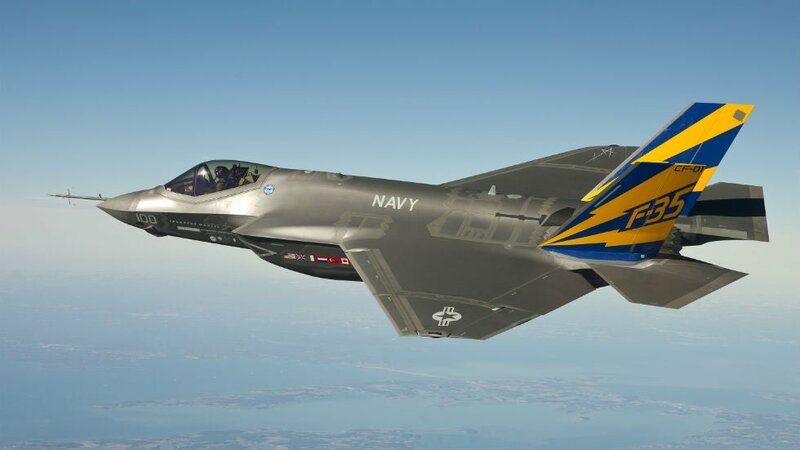Several leaders in the United States and Europe have suggested supporting Ukrainian President Volodymyr Zelensky’s plea for a no-fly zone over Ukraine. However, for a no-fly zone to be effective, U.S. and NATO nations must be willing to shoot down Russian aircraft. Top officials are reluctant to cross that line against a nuclear-armed peer adversary. Even if they did choose to pursue this action, they’d struggle to implement it given the dearth of modern fighters.
After three decades of underinvestment and unilateral focus on low-intensity conflicts in Afghanistan and Iraq, western air forces — particularly the U.S. Air Force — may be too old and too small to competently engage top threats such as Russia and China.
No-fly zones involve several crucial airpower tools: fighter aircraft to clear the sky of enemy aircraft and manage the threat posed by surface-to-air missiles; command and control intelligence, surveillance and reconnaissance (C2ISR) systems such as the E-3 AWACS and E-7 Wedgetail to track airspace activity; and aerial refueling planes to increase range. Ukraine is a large country. Overlaying the U.S., it stretches from Chicago to the Atlantic lengthwise and from Detroit to Tennessee in depth. This demands many aircraft to provide adequate coverage.



 Flying
Flying Russia
Russia Ukraine
Ukraine Budget
Budget


